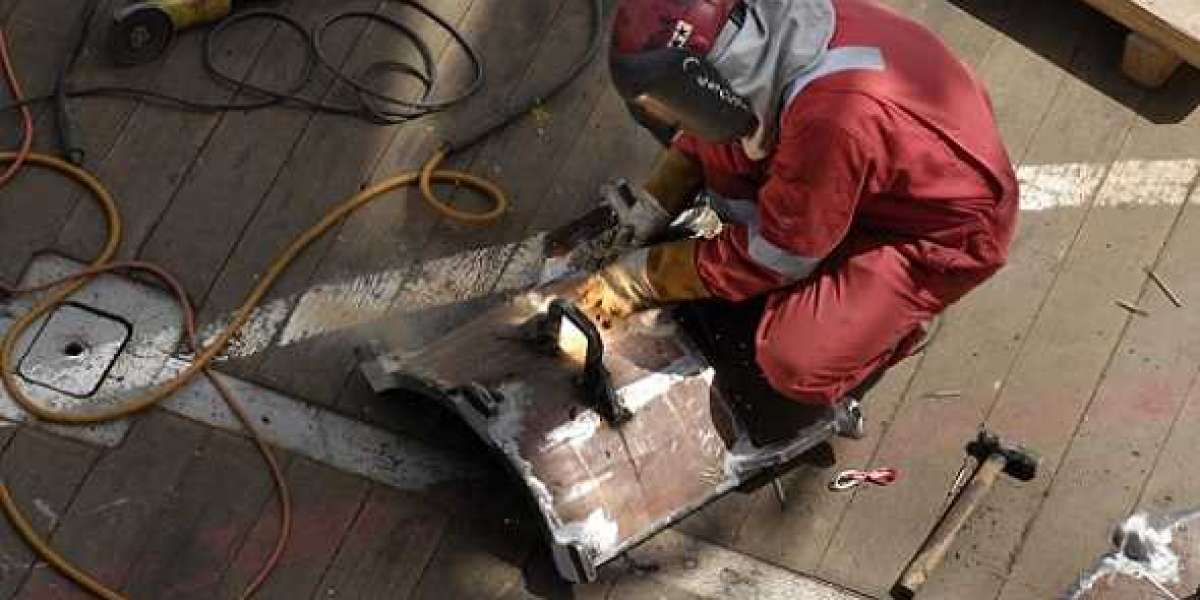Introduction:
Welding, the process of joining materials together using high heat, is a crucial technique across various industries such as construction, manufacturing, and automotive. However, the safety of welders and the quality of their work rely heavily on the equipment they use. In this blog post, we'll delve into two essential components of welding: Welding Shield Helmets and welding cables. We'll explore their significance, features, and how they contribute to both safety and efficiency in welding operations.
Welding Shield Helmets: Protecting the Welder's Most Valuable Asset
Welding shield helmets are not just accessories; they are indispensable safety gear for welders. These helmets provide protection against various hazards encountered during welding, including intense light, sparks, heat, and debris. Here's why welding shield helmets are crucial:
Eye Protection: One of the primary functions of welding helmets is to shield the welder's eyes from the intense brightness generated during welding. Exposure to welding arcs without proper eye protection can lead to serious eye injuries, including arc eye, which is akin to severe sunburn of the cornea.
Face and Head Protection: Welding shield helmets cover the entire face and head, safeguarding the welder against splatter, sparks, and flying debris. These helmets are designed to withstand impact and provide a barrier against heat and flames, reducing the risk of facial burns and head injuries.
Respiratory Protection: Advanced welding helmets come equipped with respiratory systems that filter out harmful fumes and particulates generated during the welding process. This feature is vital for preventing respiratory ailments caused by inhaling welding fumes, such as metal fume fever and respiratory irritation.
Comfort and Ergonomics: Modern welding helmets prioritize comfort and ergonomics to ensure that welders can work for extended periods without discomfort or strain. Adjustable straps, lightweight materials, and well-ventilated designs contribute to enhanced wearer comfort and productivity.
Optical Clarity: High-quality welding helmets feature advanced lens technologies that offer superior optical clarity, allowing welders to see their workpiece with precision and accuracy. This clarity is essential for achieving high-quality welds and ensuring the welder's safety in challenging welding environments.
Welding Cables: Powering Welding Operations with Reliability and Efficiency
While welding shield helmets protect the welder, welding cables serve as the lifeline of welding equipment, transmitting power from the welding machine to the welding torch. Here's why welding cables are indispensable in welding operations:
Conductivity: Welding cables are constructed from highly conductive materials such as copper, which efficiently carry electrical currents from the power source to the welding electrode. High conductivity ensures minimal power loss and consistent arc performance, resulting in stable and reliable welds.
Flexibility and Durability: Welding cables are subjected to rigorous bending, twisting, and exposure to harsh environments in welding workshops. Therefore, they must be flexible yet durable to withstand constant movement and resist abrasion, cuts, and punctures. Quality welding cables feature robust insulation and jacketing materials that provide both flexibility and durability.
Ampacity and Voltage Rating: Welding cables are available in various sizes and specifications to accommodate different welding processes and power requirements. The ampacity and voltage rating of welding cables determine their suitability for specific welding applications, ensuring safe and efficient power delivery without overheating or voltage drop issues.
Safety Features: Welding cables are designed with safety features such as color-coded insulation to distinguish between positive and negative cables, preventing accidental polarity reversal. Additionally, welding cables undergo rigorous testing and certification to meet industry standards for electrical safety and performance.
Compatibility and Versatility: Welding cables come in different lengths and configurations to accommodate various welding setups and equipment. Whether it's stick welding, MIG welding, or TIG welding, there are welding cables tailored to suit each application, providing welders with flexibility and versatility in their work.
Conclusion:
In the dynamic world of welding, safety and efficiency are paramount. Welding shield helmets and Welding Cables play pivotal roles in ensuring the well-being of welders and the quality of their work. By investing in high-quality welding shield helmets with advanced safety features and reliable welding cables designed for optimal performance, welders can enhance safety, productivity, and the overall quality of their welding operations. Remember, when it comes to welding, protecting yourself and your equipment is not just a priority – it's a responsibility.




